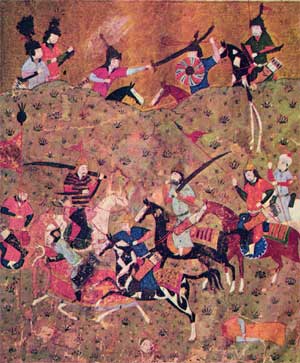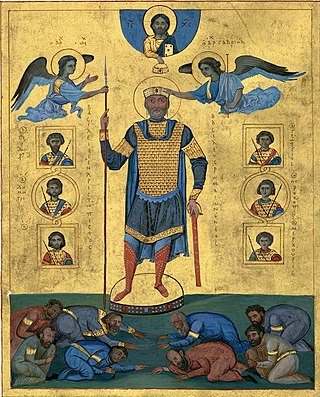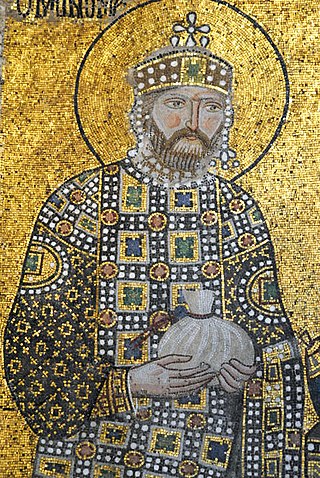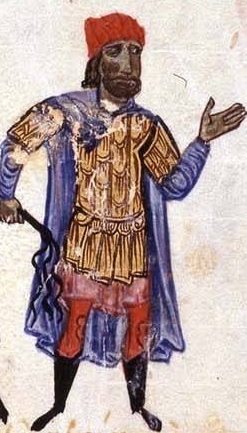
Year 1040 (MXL) was a leap year starting on Tuesday of the Julian calendar.
The 1040s was a decade of the Julian Calendar which began on January 1, 1040, and ended on December 31, 1049.
The 910s decade ran from January 1, 910, to December 31, 919.
The 980s decade ran from January 1, 980, to December 31, 989.
The 990s decade ran from January 1, 990, to December 31, 999.
The 1050s was a decade of the Julian Calendar which began on January 1, 1050, and ended on December 31, 1059.

Year 1028 (MXXVIII) was a leap year starting on Monday of the Julian calendar.

Year 1017 (MXVII) was a common year starting on Tuesday of the Julian calendar.

1055 (MLV) was a common year starting on Sunday of the Julian calendar.
The 1010s was a decade of the Julian Calendar which began on January 1, 1010, and ended on December 31, 1019.
The 1030s was a decade of the Julian Calendar which began on January 1, 1030, and ended on December 31, 1039.

Year 1025 (MXXV) was a common year starting on Friday of the Julian calendar.

Year 1041 (MXLI) was a common year starting on Thursday of the Julian calendar.

Year 1043 (MXLIII) was a common year starting on Saturday of the Julian calendar.

1069 (MLXIX) was a common year starting on Thursday of the Julian calendar, the 1069th year of the Common Era (CE) and Anno Domini (AD) designations, the 69th year of the 2nd millennium and the 11th century, and the 10th and last year of the 1060s decade. As of the start of 1069, the Gregorian calendar was 6 days ahead of the Julian calendar, which was the dominant calendar of the time.

Michael V Kalaphates was Byzantine emperor for four months in 1041–1042. He was the nephew and successor of Michael IV and the adoptive son of Michael IV's wife Empress Zoe. He was popularly called "the Caulker" (Kalaphates) in accordance with his father's original occupation.

Constantine IX Monomachos reigned as Byzantine emperor from June 1042 to January 1055. Empress Zoë Porphyrogenita chose him as a husband and co-emperor in 1042, although he had been exiled for conspiring against her previous husband, Emperor Michael IV the Paphlagonian. The couple shared the throne with Zoë's sister Theodora Porphyrogenita. Zoë died in 1050, and Constantine continued his collaboration with Theodora until his own death five years later.

George Maniakes was a prominent general of the Byzantine Empire during the 11th century. He was the catepan of Italy in 1042. He is known as Gyrgir in Scandinavian sagas. He is popularly said to have been extremely tall and well built, almost a giant.
The 1020s was a decade of the Julian Calendar which began on January 1, 1020, and ended on December 31, 1029.











